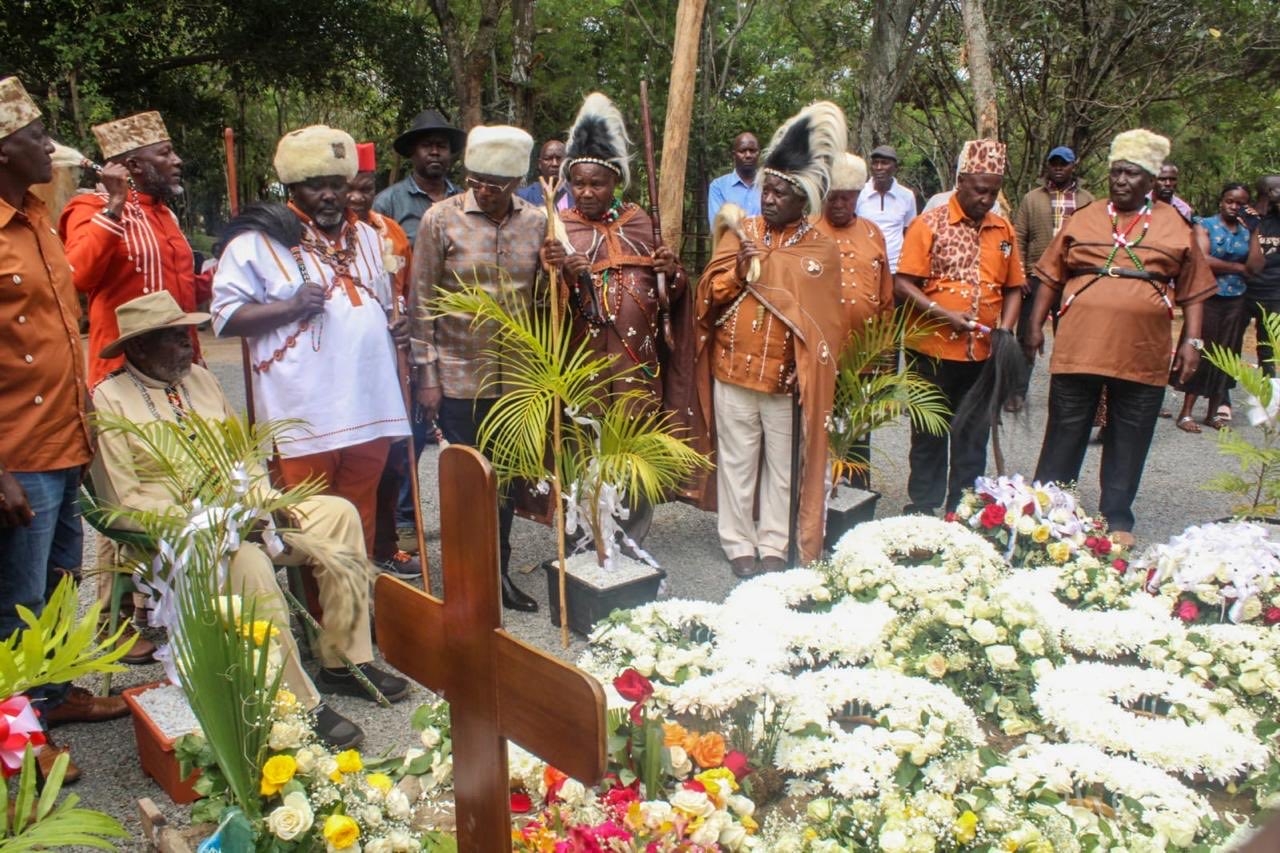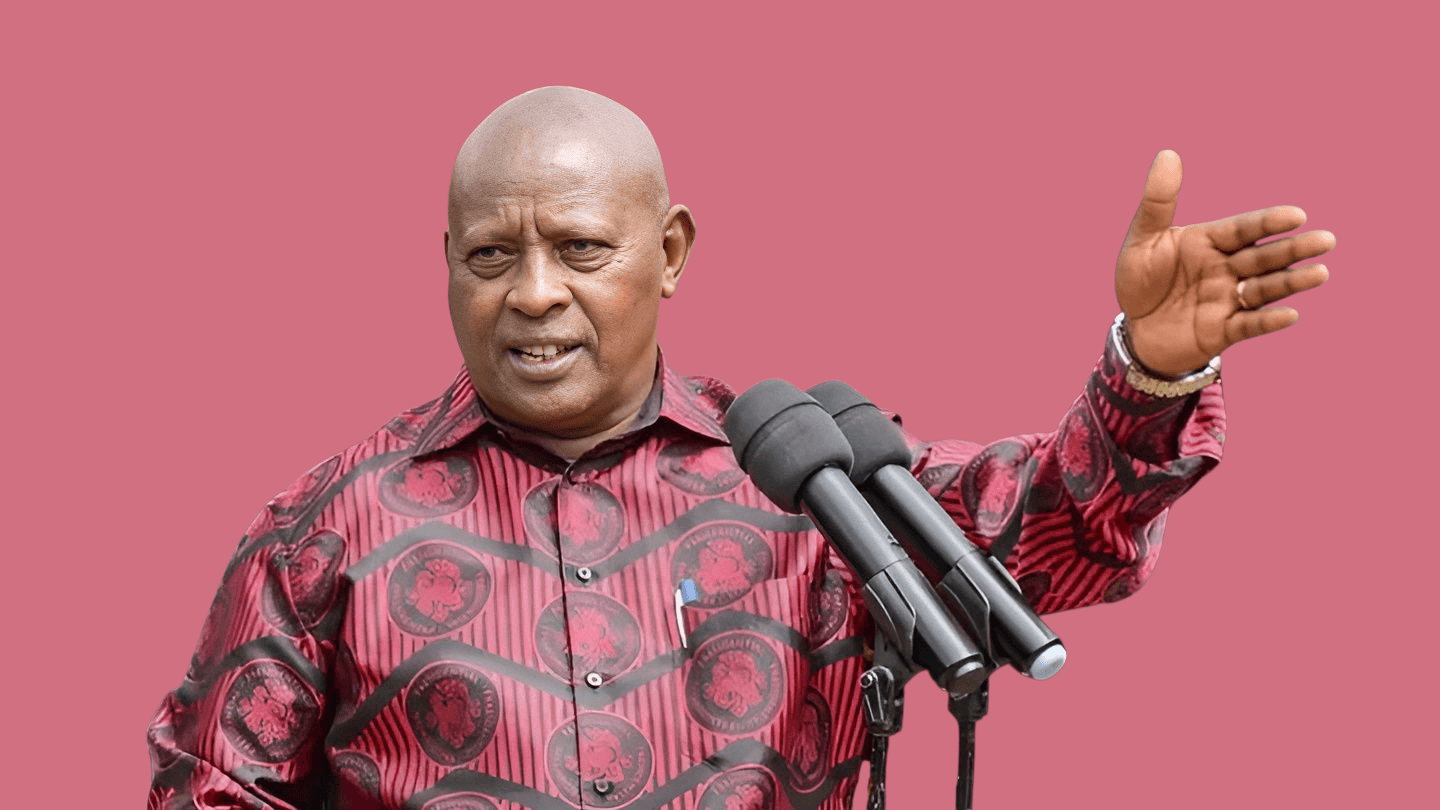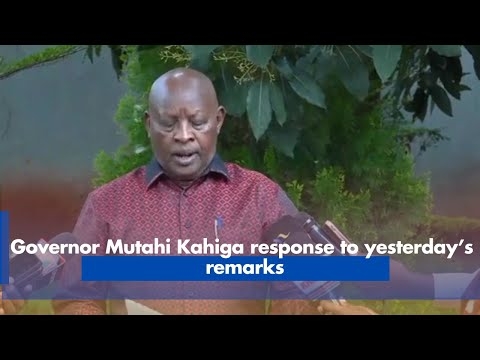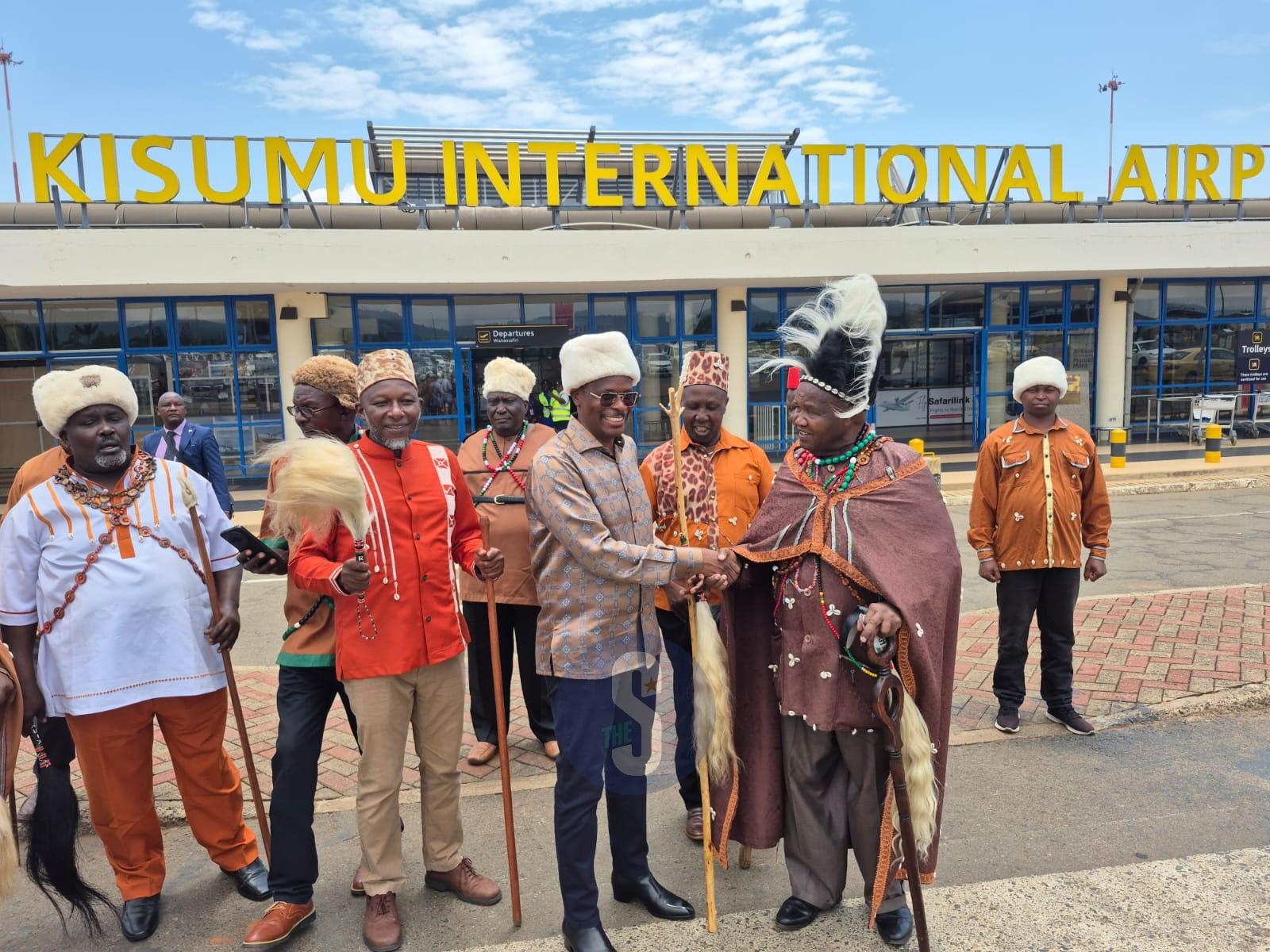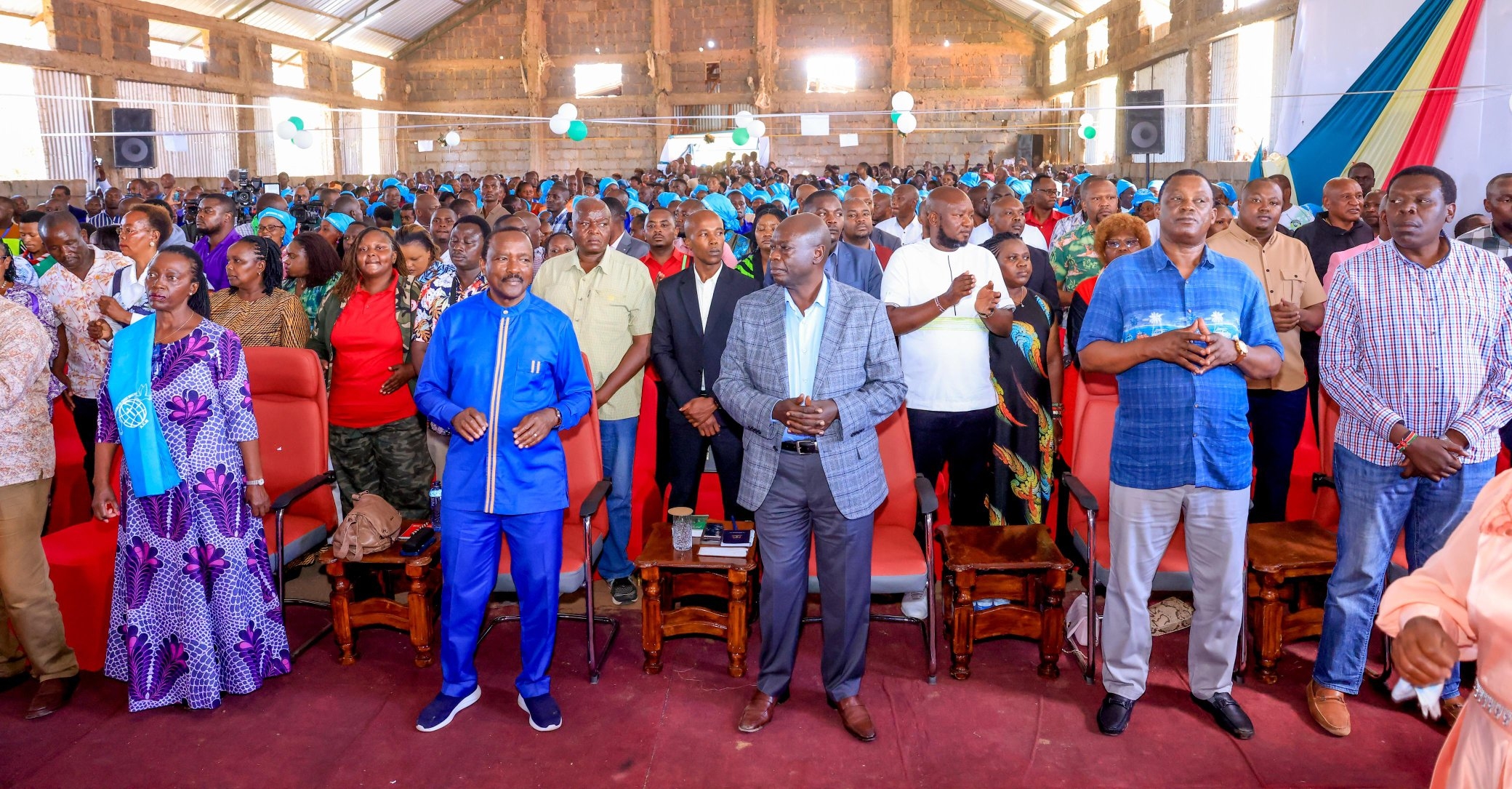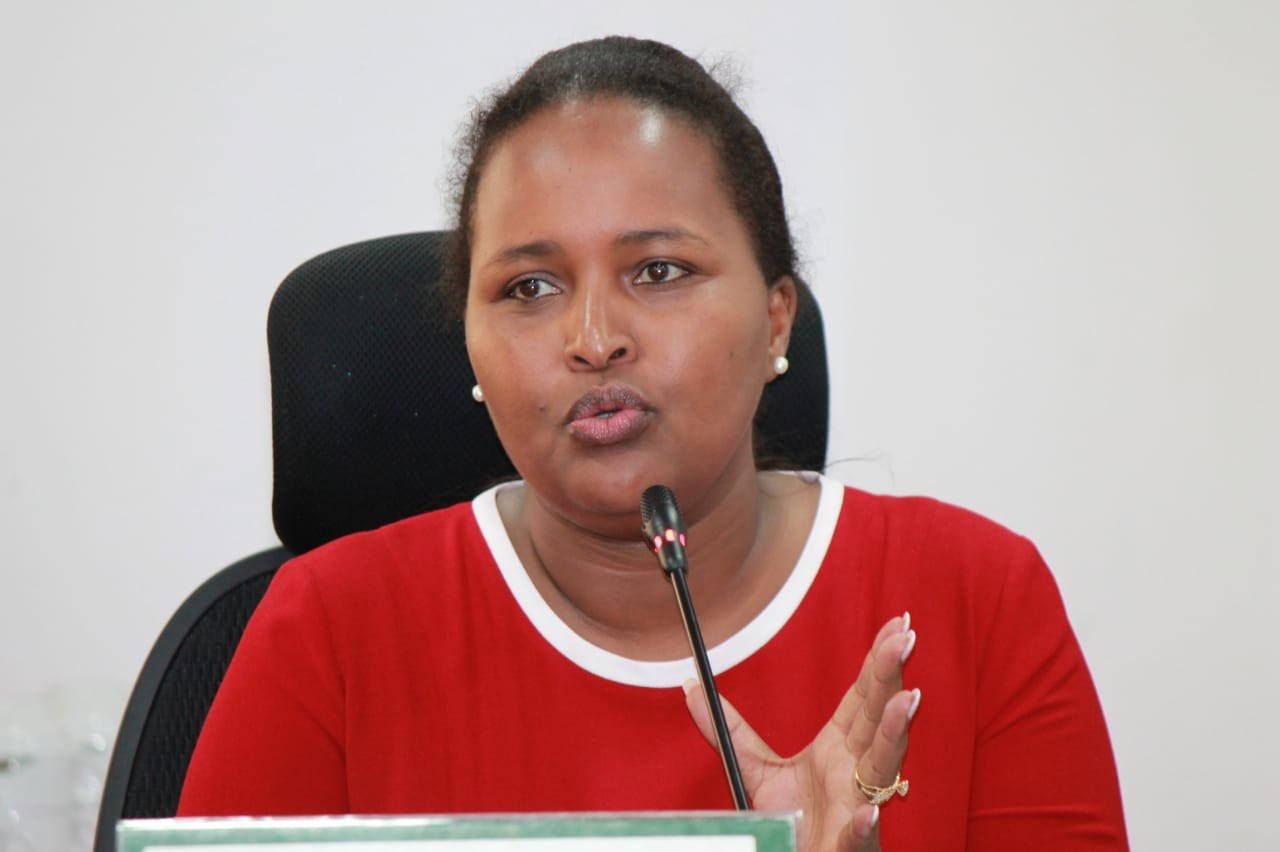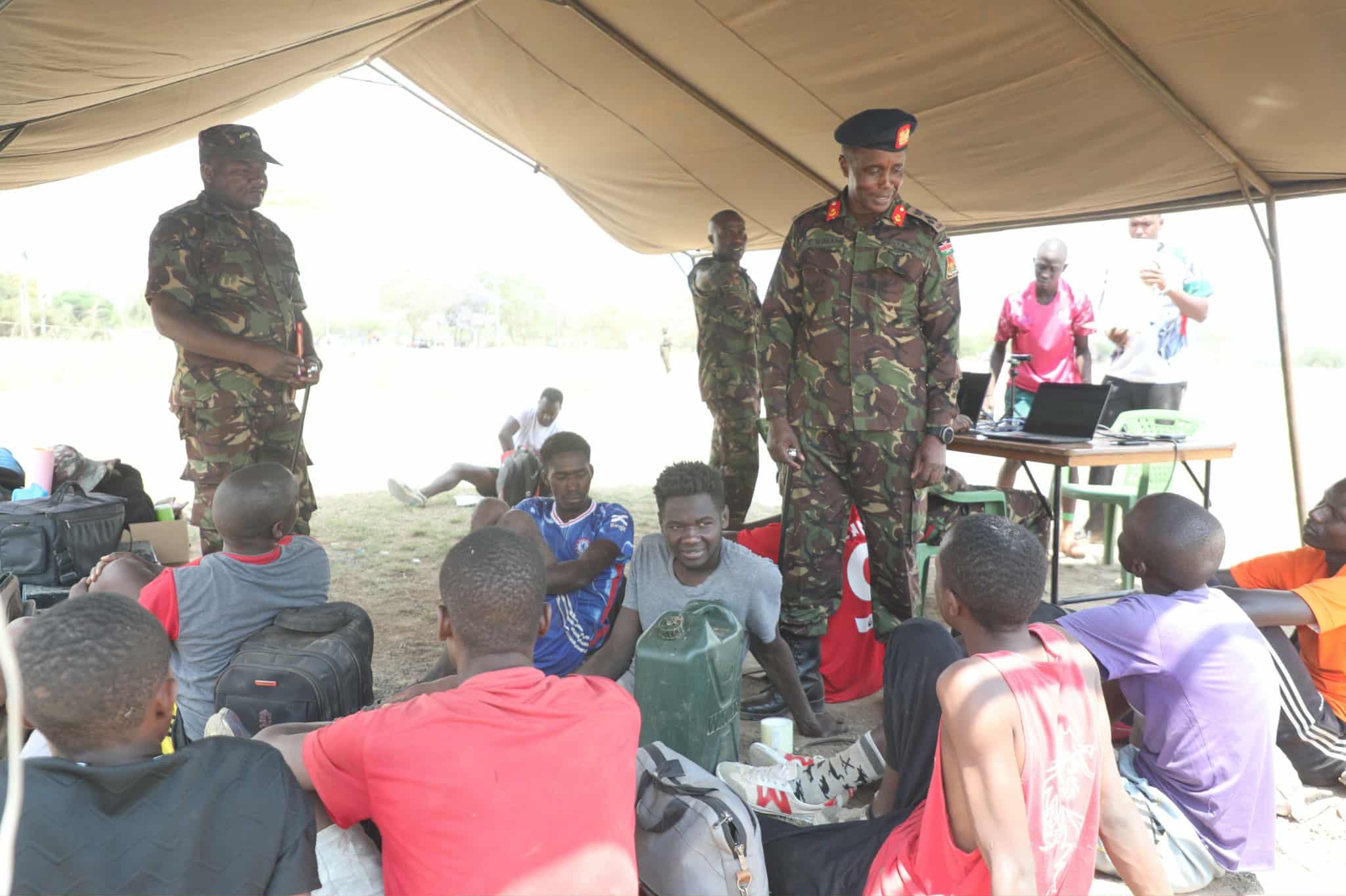Children in Kenya are confronted with the risk and reality of Online Child Sexual Exploitation and Abuse (OCSEA).
As much as the world has shifted to the digital era children are not left behind, they are faced with danger on online platforms.
According to a report on evidence of Online Child Sexual Abuse in Kenya dubbed ‘Disrupting Harm’ released in 2021, the most popular device to access the internet among 12-17-year-olds was the smartphone at 99 per cent while the most popular place to access the internet being cyber.
OCSEA refers to situations involving digital, internet and communication technologies at some point during the continuum of abuse or exploitation.
It can occur fully online or through a mix of online and in-person interactions between offenders and children.
Types of OCSEA include sexting which involves sending or receiving sexual words, pictures, or videos via technology such as a mobile phone.
Another form is grooming where someone builds a relationship, trust and emotional connection with a child or young person so they can manipulate, exploit and abuse them
Children who are victims of grooming can be sexually abused, exploited, or trafficked.
Live streaming of child sexual abuse is another form of OCSEA where it can involve live streaming an act of child sexual exploitation and abuse happening offline.
It also refers to one or more children being forced into ‘performing’ sexual acts in front of a webcam and it usually happens in exchange for payment.
Sextortion as a form of OCSEA is the practice of extorting money or sexual favours from someone by threatening to reveal evidence of their sexual activity.
Child pornography also known as Child sexual abuse materials (CSAM) is also a type of OCSEA. It is considered as any visual depiction of sexually explicit conduct involving a minor (persons less than 18 years old).
Online Child Sexual Exploitation and Abuse have become a big threat to children everywhere.
This prompted the Department of Child Services to launch the 2022-26 National Plan of Action on Tackling Online Child Sexual Exploitation and Abuse (OSCEA).
Also before his exit, former President Uhuru Kenyatta assented to the Children’s Bill 2021 which also has provisions for the prosecution of more forms of OCSEA.
The bill, which is now the Children’s Act of 2021, references child abuse as including cyberbullying, grooming, solicitation, cyber incitement, harassment and stalking.
Children’s rights organisation Save the Children described it as progressive and will go a long way in supporting the promotion and protection of child rights in the country.
Also, last year in September, Child Fund launched a campaign to ensure the safety of children online.
The organisation said studies indicate rising trends of abuse in the digital space targeting students.
The Safe Community Linkages for Internet Child Safety Project will spend Sh115 million to keep an estimated 200,000 children safe from online predators.
The three-year project is being financed by Ending Violence Against Children to strengthen the capacity of government agencies to prevent and respond to online child sexual exploitation and abuse.


